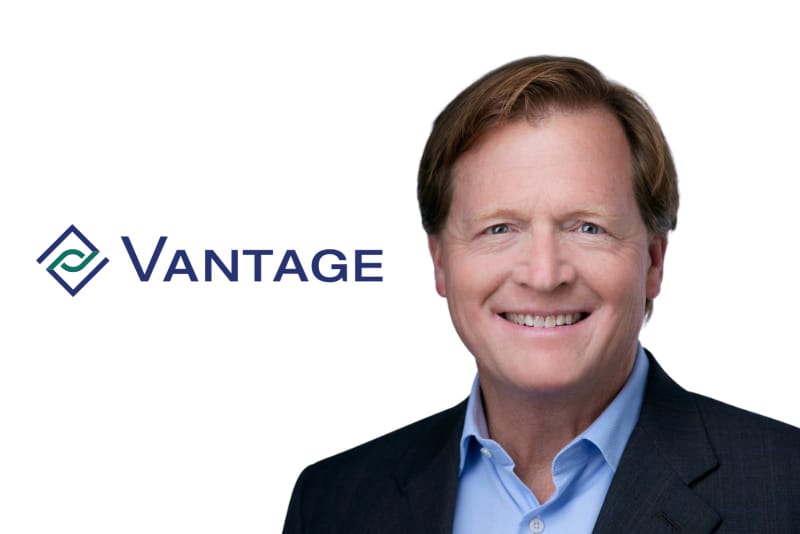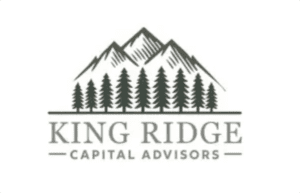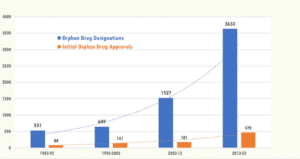Inertia the biggest threat. We must escape the market-cycle mindset: McKeown, Vantage

In order to avoid disappointing investors and guarantee continued access to capital, the reinsurance and insurance-linked securities (ILS) industry needs to escape the market-cycle mindset and deal with the biggest threat it faces, which is inertia, according to Chris McKeown of Vantage Risk.
McKeown is the Chief Executive for Reinsurance, Partnership Capital, and Innovation at growth company Vantage Risk. He spoke with us around the 2024 Monte Carlo Rendez-Vous event, to share his views on current market conditions and the importance of staying disciplined in reinsurance.
His role encompasses Specialty and Property Reinsurance and the AdVantage offering, which is a collateralized re/insurer focused on partnership capital. So McKeown is well-placed to speak to the evolving industry dynamic as the year-end discussions begin.
With returns currently elevated for both reinsurers and ILS strategies, McKeown discussed why that is and his hope that the industry doesn’t become complacent, or let standards slip, to risk sliding back into old habits of allowing risk-adjusted returns in the market to decline too far.
McKeown told Artemis, “A good year doesn’t prove the thesis that we’re now in a sustainable marketplace and guarantee continued access to capital. Letting our long-term focus fall to the wayside will be our undoing.
“With economic inflation, social inflation across verdicts and settlements, putting more value in front of risks, climate… Now is not the time to fall into a habitual disposition.
“The market needs to maintain the level of risk-adjusted returns in order to grow. And we all should want the market to grow.”
Adding that, “There is still work to be done in many geographies, and for many perils, but the hard work achieved to recognise the trends in the major and secondary perils in the US will hopefully persist into 2025; pulling back to less than stellar terms now would be folly.
“For now, the industry has achieved a reasonable balance between supply and demand. However, this is a delicate balance, given evolving risks and structural constraints.”
Asked what he foresees as the biggest challenge for reinsurance and ILS markets, McKeown suggested it is falling back to old habits and failing to move forwards and innovate.
“Inertia is the biggest threat to our industry today, Steve. We need to escape the gravitational pull of the conventional, market-cycle mindset,” he explained.
“That said, we’re controlling the narrative better as a market.
“The property cat marketplace required a correction of radical measure in 2023 due to years of ignoring trends in inflation, demographics, values, and retrospective pricing.
“We have, as risk capital providers, successfully re-set the market to a more sustainably profitable level.”
He went on to highlight how this re-set in reinsurance pricing and terms has enabled the industry to achieve the stellar returns of the last year or more.
While, so far in 2024, largely stable pricing has been experienced by reinsurance and ILS capital providers and the catastrophe bond market has set new records.
But McKeown questions some of the reinsurance industry’s long-held beliefs, around the inevitability of the pendulum swinging back to a softening market environment.
“There’s an archaic belief that the large swings in market cycles are inevitable and we’re powerless to do anything,” he explained.
Continuing to say that, “If so, we are bound to under-impress investors and not achieve consistent access to capital.”
McKeown further said that, as an industry, “We must continuously challenge our ingrained thinking and prove that this is a viable market.
“The threat is that our hard-earned confidence from 2023 turns into hubris, or worse inaction, and we’re blinded to the apple cart tipping in slow motion.”
McKeown then discussed the need for more capital to support the industry and we asked him what could tip the cart?
He said, “I think it is akin to market psychology.
“Firstly, from a structural standpoint, we’d do well to continue to find ways of bringing more, and more efficient capital, into our industry to improve our relevance in a rapidly evolving risk landscape, whether due to changing exposures or climatology.
“That leads to my second point, let’s acknowledge that changing exposures are a bigger driver of loss today than climate, currently. As a society, we’re continuing to stack more value in the way of storms, earthquakes, and fires than ever before.”
Going on to explain, “The total value of the U.S. housing market doubled in the last decade and is now worth $52 trillion. We’re building new housing units in risky places, ~580,000 in Florida and ~370,000 in California from 2020 to 2023. All new builds in Florida are hurricane exposed and new builds in California are increasingly wildfire exposed. Once we control for increasing housing values, construction costs and population (which is a data issue – collecting better, more timely information), climate is the next biggest source of uncertainty for natural catastrophe losses. We know a warmer climate introduces volatility and the prospect of increased severity and frequency looms large.”
McKeown then acknowledged that inputs from outside the industry are also influencing the market, especially in terms of how capital flows occur, again reiterating that the market needs to deliver on capital provider expectations.
“We’re in a floating rate business. The industry lives and breathes the general economic cycle in returns on assets. And we’re also an essential good, so, historically anyway, largely recession and depression proof. No matter the economy, people and businesses need to mitigate risks,” he told us.
“It’s prudent for us to be aware of broad conditions but let’s focus on risk adjusted returns that keep the industry reasonably profitable. We must keep an eagle-eye on rate adequacy.
“That said, being on our toes keeps us agile and driven to forge a healthy, resilient market. Constraints are often the genesis for creativity.”
Concluding this part of our interview by saying, “Collectively, we must continue innovating to attract sufficient capital and meet tomorrow’s risks.”
Read all of our interviews with ILS market and reinsurance sector professionals here.







